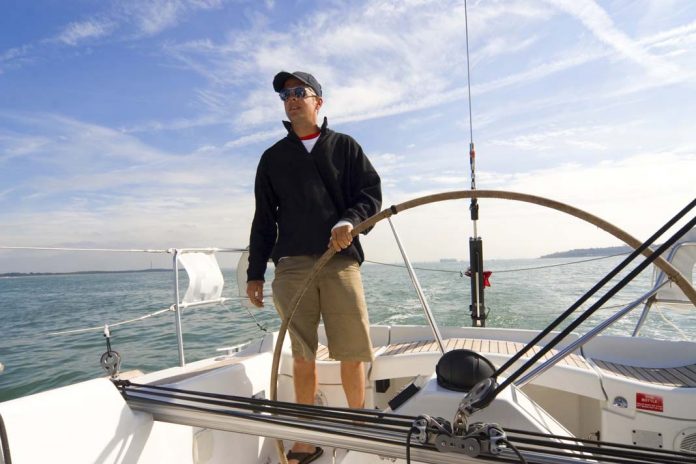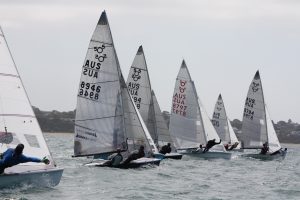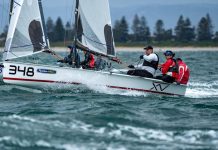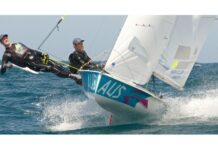

It’s The Little Things That Make The Most Difference
Often the difference between mid-fleet hackers and great sailors is simply the fact that champions pay attention to the little things.
I have listed below, some of the things you need to pay attention to. I am sure you will be able to add many more but you catch my drift about how little things matter.
Before the race:
- Have your clothing sorted to suit the conditions, it is better to overdress than underdress.
- Spray moving parts with lubricant, check marks on sheets and remark if faded. Check all fastenings and shackles are tight and for any wear which may result in failure.
- Check the notice board and re-read the sailing instructions.
- Check the course and if the course uses fixed marks, take notes of headings and landmark features.
On the Starting Line:
- Get a line sight.
- Stay above the line as long as possible and continually take wind readings.
- After a general recall watch to see if either end of the line is moved. This will render your earlier line sights redundant.
- Check for current on the start line by observing the pin or committee boat.
On Windward Legs: Things That Make The Most Difference
- In waves, pick the path of least resistance.
- Sail the long tack first.
- When feeling slow, ease the sails, when in doubt ease them out.
- Keep the boat flat.
- When tacking in choppy conditions, look for a flat spot.
- When sailing in chop, set your boat up for more power when sailing directly into waves.
- When converging with another boat on the opposite tack, plan a long way out how you are going to handle the cross.
- If you decide to duck another boat, ease your sails and keep the boat trim perfect with no sudden steering.
At Marks:
- When nearing the starboard tack layline, be wary of tacking into disturbed air and avoid tacking too early, leading to a double tack to make the mark.
- When rounding the weather mark, get the boat settled first and observe the position of other boats before setting the spinnaker.
- At the leeward mark, don’t tack immediately if there is a large number of boats approaching. You will only sail into a wind shadow and disturbed water.
- It is better to drop the spinnaker early rather than late. A boat sails faster downwind without the chute than upwind with it up.
Starting the Run:
- Before reaching the mark, work out whether you will bear-away set or gybe set, don’t wait until you round the mark to decide.
- Consider what effect current has on the course and start the run bearing this in mind.
- All else being equal, it is better to gybe onto port at the start of the run as this will give you the inside and starboard advantage coming into the leeward mark.
The Finish:
- Always finish at an end. If the line is not square and you finish in the middle, you have sailed extra distance.
- If the line is square and you finish in the middle you are at a disadvantage in a close situation because you aren’t as sure when to shoot head to the wind.
- If your start-finish line is in the middle of the beat and the wind has been steady, the end that was not favoured at the start will be favoured at the finish.
Other Little Things to consider:
- Keep the boat dry at all times during the race.
- Continually check for weed on your appendages and avoid patches of weed on the course.
- Keep a lookout all the time and in particular, observe the flags on the committee boat at the start and flags on boats at marks for changes of course.
- If you are looking in the boat at controls or sweating about a dragging sheet your concentration has lapsed and you are not sailing at your full potential.
#sailingtowin #sail #sailtowin #yacht #sailboat #sailcoach #yachtrace







